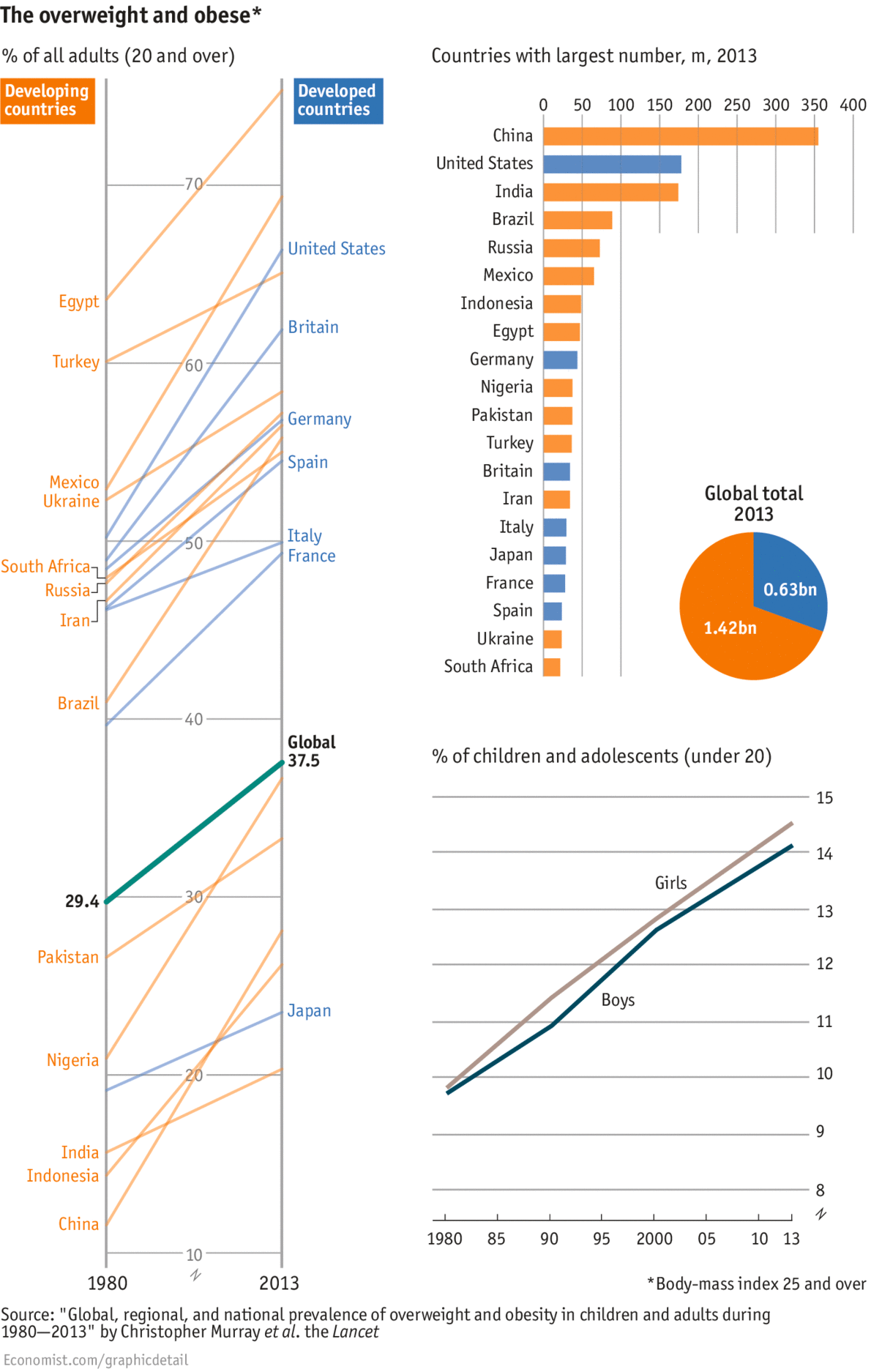In the context of recent experiences, this analysis does not stand up:
Blaming a public servant – even one as senior and reputedly influential as Professor Halton – for a bad Government decision not only lets Minister Peter Dutton off the hook on this issue, it undermines the fundamental accountability of the Government. Both critics and supporters of the Government and its 2014/15 Budget initiatives should focus on ensuring Ministers are fully answerable to the community for their decisions and not look to public servants as scapegoats.
Also annoying to see Terry continuing to dig a hole:
Former Liberal adviser Terry Barnes took to Twitter over the weekend to publicly criticise Department of Health Secretary Professor Jane Halton for her role in the Government’s GP co-payment Budget initiative. Among his comments were “Jane Halton was chief designer of the GP co-pay package. Send her to Geneva, not Finance’.
http://blogs.crikey.com.au/croakey/2014/06/02/senate-estimates-what-they-reveal-about-federal-budget-201415/
Senate Estimates – what they reveal about Federal Budget 2014/15
Estimates are an important part of Government accountability and transparency processes and can often reveal some key details of funding measures which may not have been disclosed in the official Budget papers or, through some political ‘oversight’, left out of the Budget night communications.
For example, last week Senator Penny Wong relentless pursued a line of inquiry on the cuts to Indigenous health services – revealing that despite the significantly poorer status of Aboriginal and Torres Strait Islander Australians, services to them were being cut by over half a billion dollars with the future a broad range of health, social welfare and education programmes still in budgetary limbo.
Senator Rachel Siewert has also been active in Estimates on this issue sending out a number of Tweets, including the following:
OMG Govt health ppl responsible for Aboriginal Medical Services haven’t modelled impact of $7 GP co-payment on those services
Govt cutting $165.8m from Aboriginal health to put in Health Research Future Fund – as if the health problems aren’t urgent now
Sorry apparently these aren’t cuts to Aboriginal health programmes they are pauses
Due to its potential for ferretting out nuggets of media-friendly and politically damaging information, the Estimates process has become a much more intense and partisan process than perhaps it was ever intended to be. With politicians interrogating public servants for their own political ends and using the opportunity for some grandstanding of their own, the pressure on bureaucrats to maintain their a-political positions is intense. Surely it can’t be easy for a senior public servant, no doubt impacted themselves by Government cuts to the bureaucracy and worried about their own job security, to have to explain Government policies and funding cuts they often had little influence over and in many cases don’t agree with?
Despite the potential for ‘free and fearless advice’ to be overshadowed by political machinations, it’s important not to blur the lines between the political and bureaucratic processes when looking at the Senate Estimates process. Former Liberal adviser Terry Barnes took to Twitter over the weekend to publicly criticise Department of Health Secretary Professor Jane Halton for her role in the Government’s GP co-payment Budget initiative. Among his comments were “Jane Halton was chief designer of the GP co-pay package. Send her to Geneva, not Finance’.
I am not privy to the communications between the Department and the Minister’s Office on the co-payment issue and I am not a fan of this fundamentally flawed policy. However, regardless of the advice Professor Halton and her Department provided to the Minister, she cannot be held in any way responsible for the Government’s policy decisions on this, or any other, issue. As an unelected public servant, her role is to give advice and it is the role of the Government to then act on this advice, if it so wishes. Fundamental to our Westminster system of Government is the accountability of Ministers for their decisions and the ability of the public to remove them from office via an election if these decisions prove unpopular. This accountability exists regardless of the quality of the advice they receive on the issue (although it has to be said there were plenty of people around who could have pointed out the problems with the co-payment policy).
Blaming a public servant – even one as senior and reputedly influential as Professor Halton – for a bad Government decision not only lets Minister Peter Dutton off the hook on this issue, it undermines the fundamental accountability of the Government. Both critics and supporters of the Government and its 2014/15 Budget initiatives should focus on ensuring Ministers are fully answerable to the community for their decisions and not look to public servants as scapegoats.




